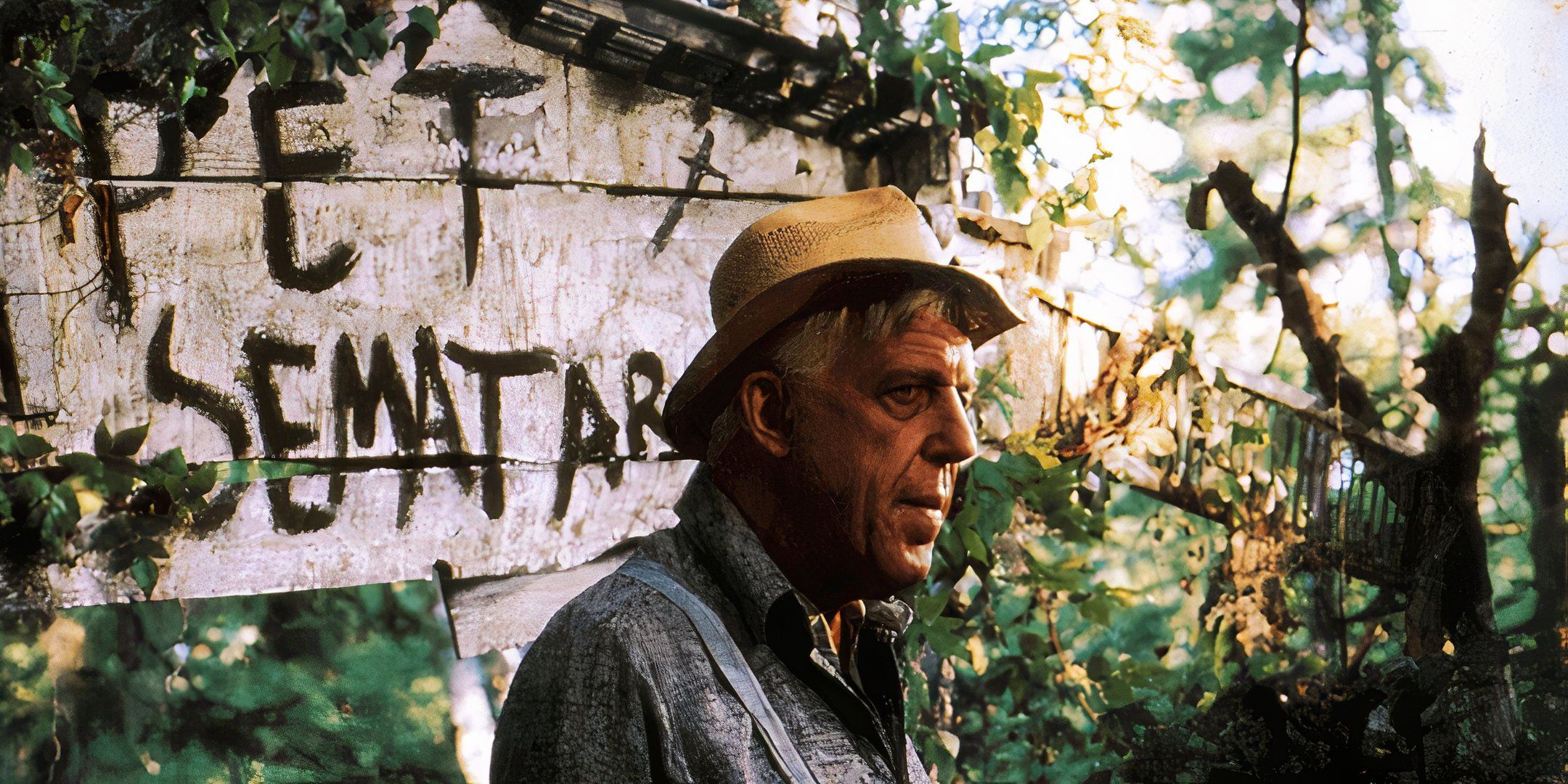
The movie adaptation of “Pet Sematary,” penned by Stephen King in 1983, failed to capture the essence of the original novel. As King’s 14th book, “Pet Sematary” marked a change in his writing style as the 1980s progressed. By 1983, King was a rising multimedia star, and his books were being turned into movies at an increasing rate, with varying degrees of success. Although King often infuses personal elements into his work, “Pet Sematary” mirrors his own parental anxieties, which are palpable in the chilling tale of loss and mourning.
It took about ten years to create a film based on “Pet Sematary”, which eventually became a moderate hit at the box office when it was released in 1989, placing high among Stephen King’s film adaptations. Similar to many of King’s movies, this version made adjustments to significant characters and simplified the intricate 400-page novel. Regrettably, in the process of adaptation, the heart or soul of “Pet Sematary” seemed to be sacrificed for typical horror movie frights. The book is deep and thought-provoking, but the film may have oversimplified certain aspects.
The Pet Sematary Movie Doesn’t Understand Stephen King’s Characters
The 1989 Movie Strips The Characters Of Their Depth
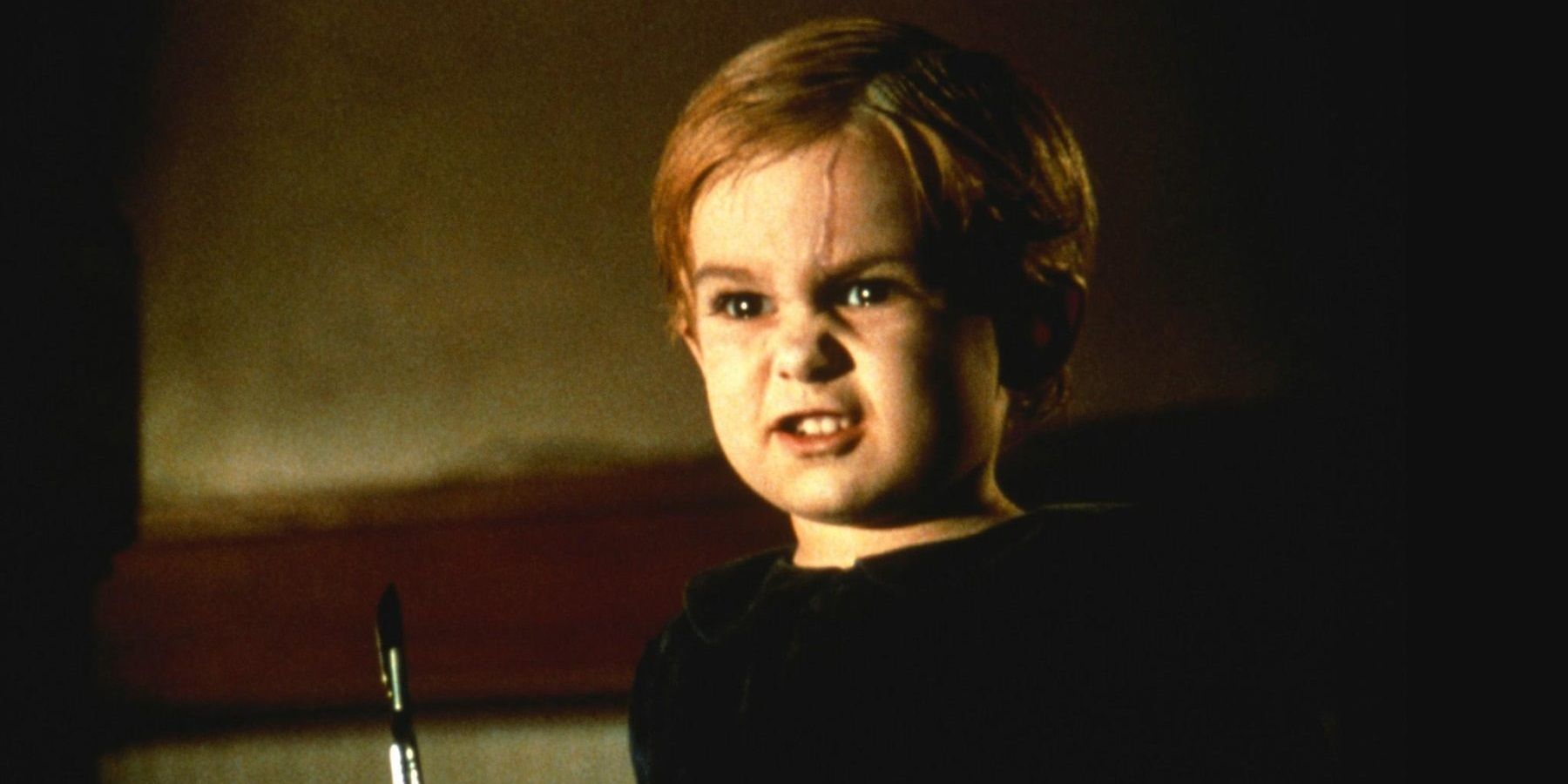
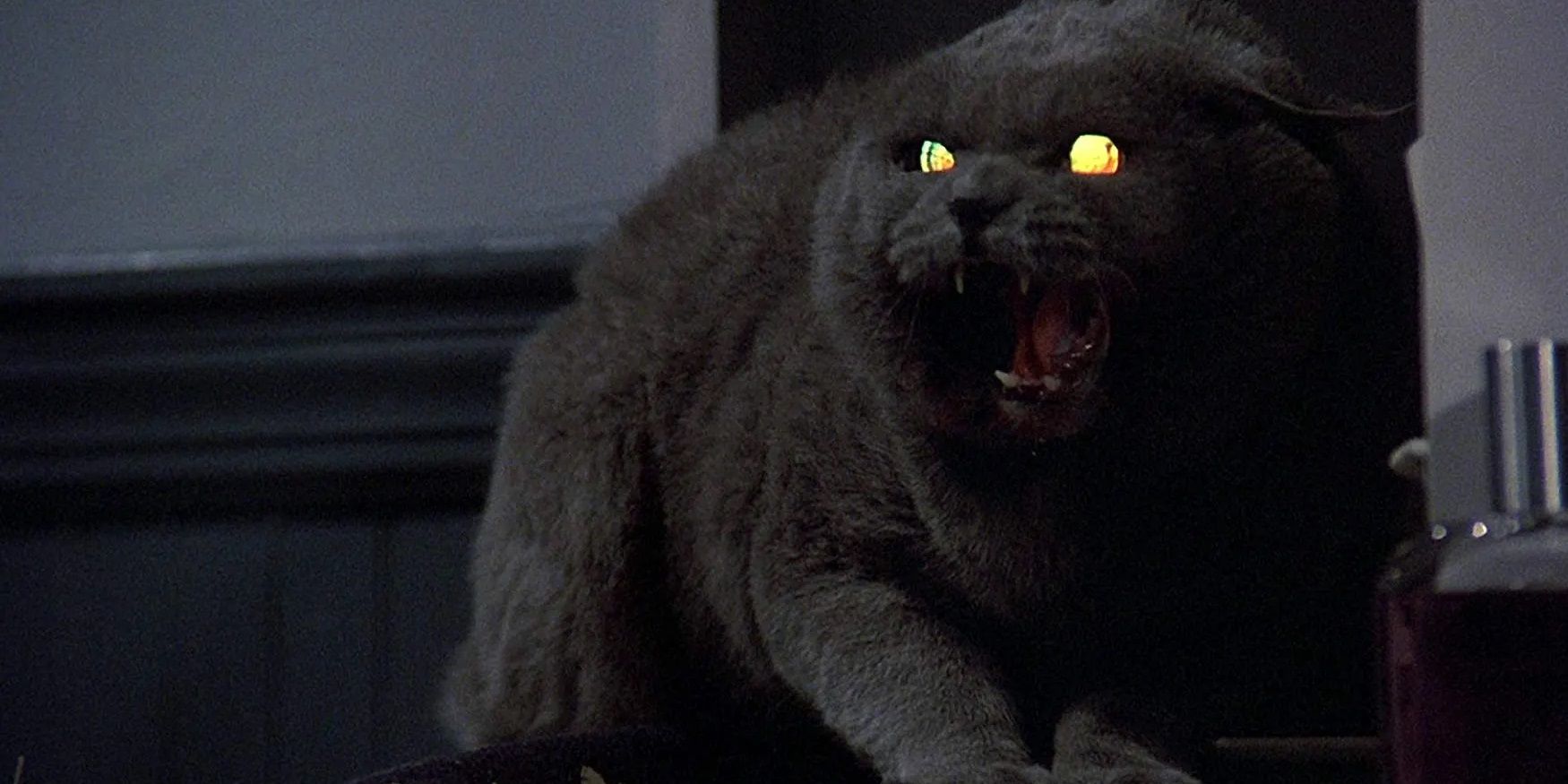
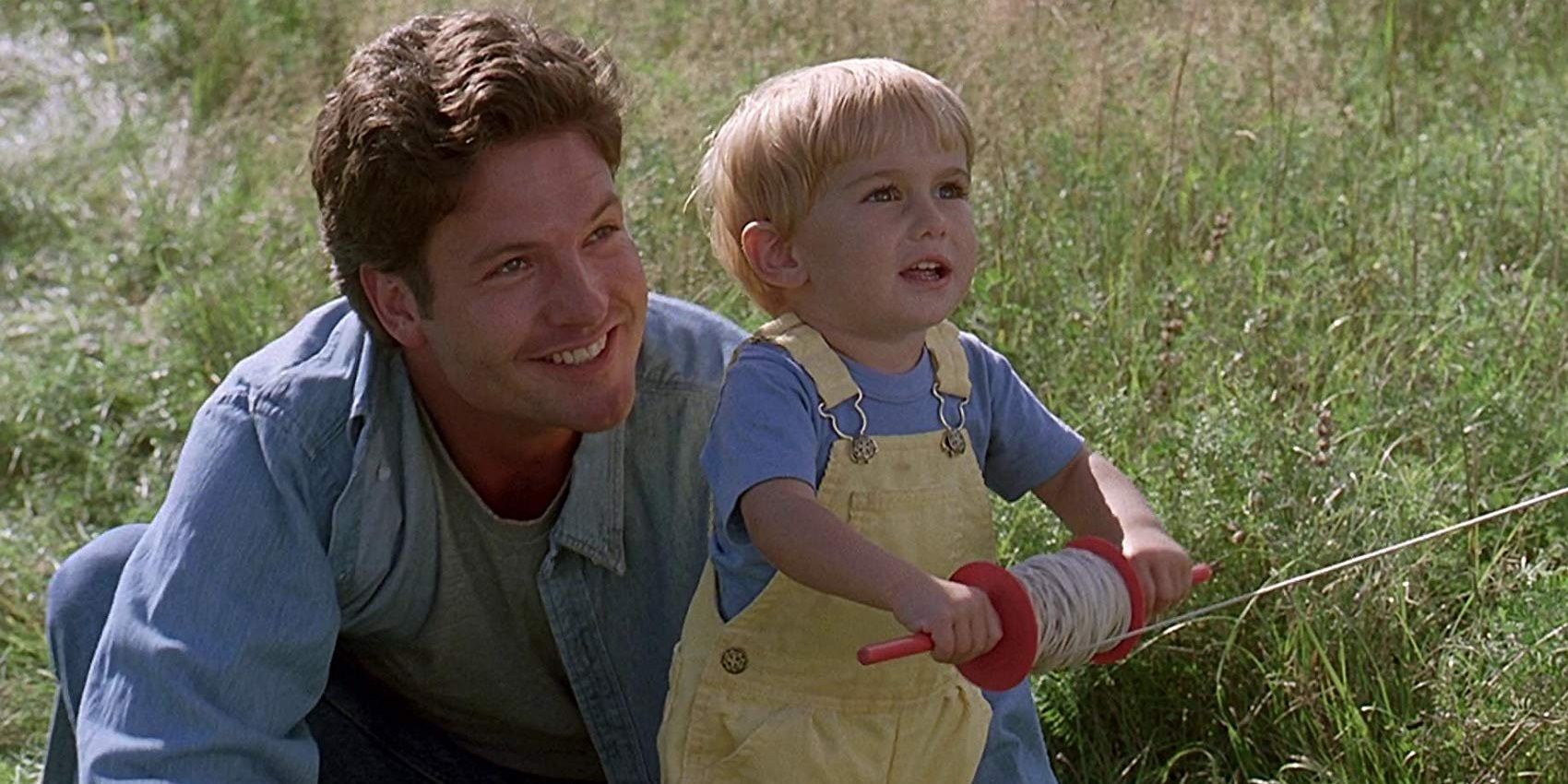
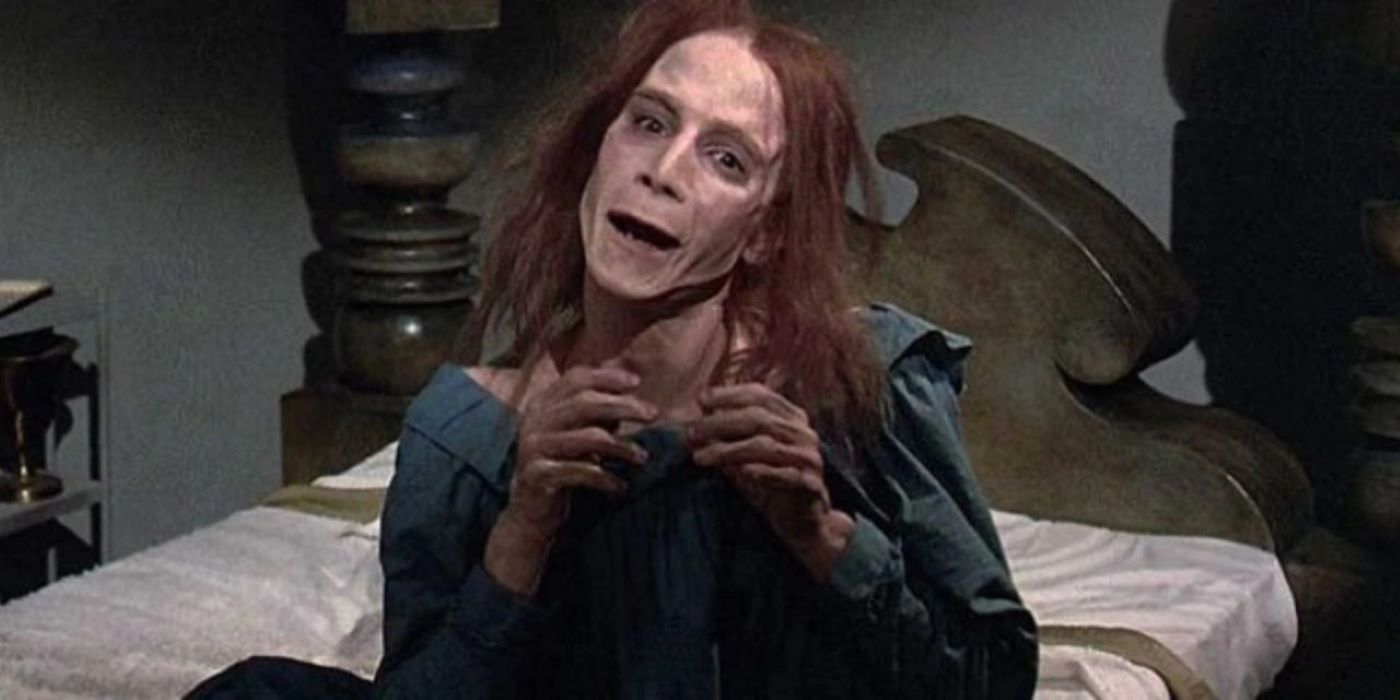

Though Stephen King’s writing style may seem peculiar at times, he excels in creating intricate and engaging characters for his fictional realms, a talent that is particularly evident in “Pet Sematary“. In this novel, the main characters embody archetypes while simultaneously challenging these very same tropes. For instance, Louis Creed isn’t merely a worried father; he’s a grieving physician wrestling with the unyielding reality of death. Similarly, Judd Crandall isn’t simply a wise mentor; he’s a man concealing a sinister secret and inadvertently corrupting others with his malevolent wisdom. Regrettably, the film adaptation oversimplifies these characters.
Due to the fact that the audience isn’t privy to Louis’ inner thoughts during his descent into grief, his actions appear perplexing and lacking motivation. In the book, Louis’ decision to revive Gage is driven by a tormented mind overwhelmed by despair. In contrast, in the movie, this action might seem unreasonable or foolish since it’s not portrayed that he’s experiencing an extreme emotional breakdown over the loss of his son. Despite appearing illogical in both instances, the book justifies its irrationality by delving deep into Louis’ intricate mindset as he grapples with a nearly insurmountable choice.
King’s novels often contain minor aspects that appear insignificant initially, yet they coalesce to form a comprehensive image. For instance, Judd Crandall is one of King’s most compelling characters due to his imperfect support for Louis during his mourning period. Louis heavily depends on Judd’s wisdom, but as the story unfolds, it becomes clear that Judd is equally incapable of coping with the devastation brought about by death. The book delves into intergenerational trauma, however, the film portrays Judd as a misguided character, given his decision to reveal the burial ground secret, fully aware of Louis’ fragile state.
Pet Sematary Is A Better Horror Movie Than It Is A Book Adaptation
Despite Its Flaws, Pet Sematary Is Still A Scary Film
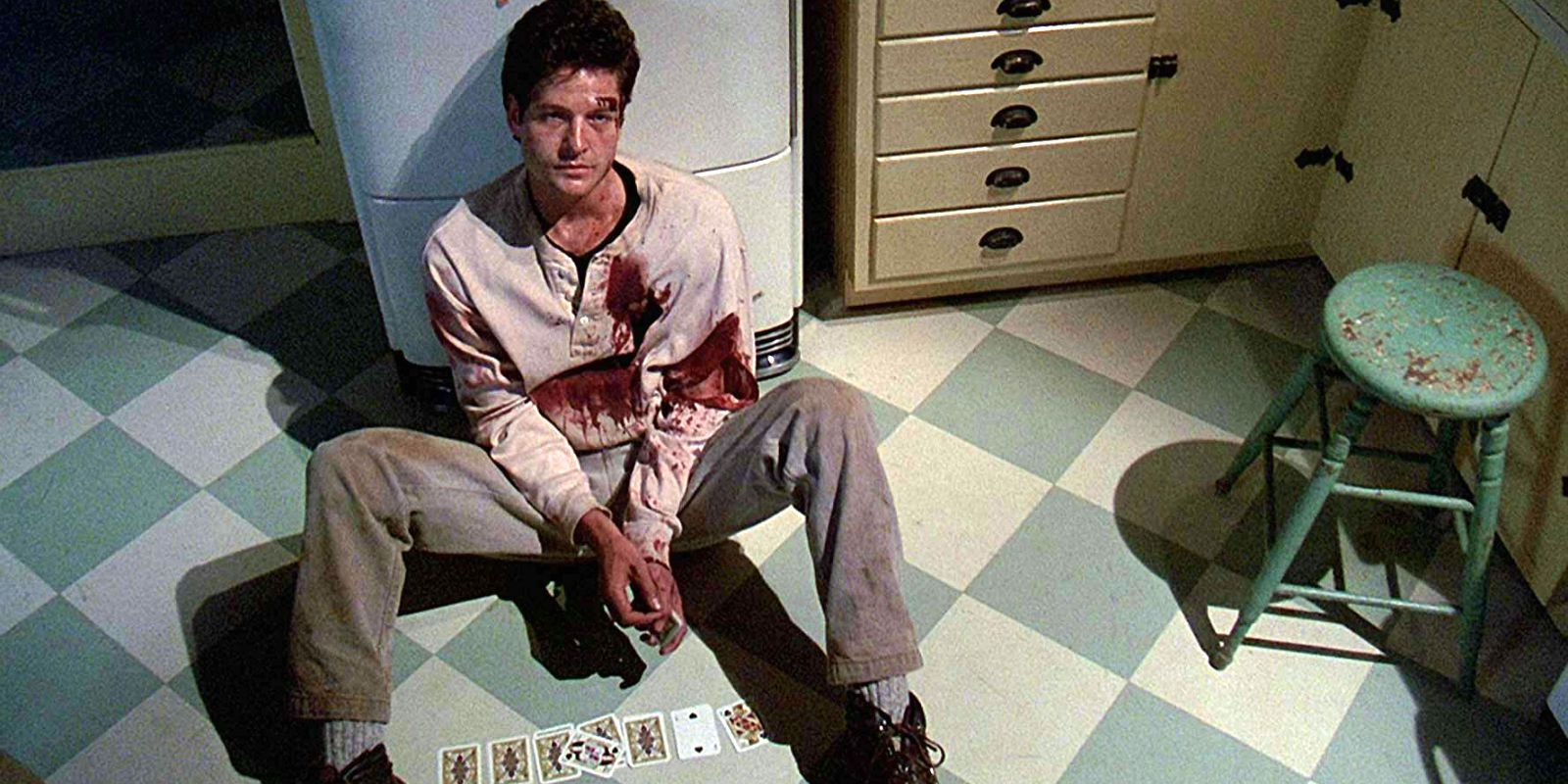
As a devoted admirer, I must admit that Pet Sematary may not entirely capture the essence of the novel, but let me assure you, it still manages to be an utterly terrifying cinematic experience. King’s works often carry a dual nature, encompassing both the horrific and the tragic. In this adaptation, Pet Sematary masterfully blends suspense and fear, favoring the former over the latter. The movie is brimming with moments that are genuinely chilling, and for those who have read the book, these scenes carry an even greater weight of dread.
The memorable scenes from Zelda, found in Stephen King’s films, are among the scariest instances, yet they often appear unexpectedly without carrying the same emotional impact as they did in the original novel. On the contrary, Victor Pascow appears eerier on screen, and he feels less like a clichéd plot device compared to his representation in the book. In some instances, films can pull off certain moments that books cannot, and the ghostly guide is more visually appealing on the big screen than he is as a literary character.
The Pet Sematary film franchise includes:
| Movie | Release Year | Rotten Tomatoes Score |
|---|---|---|
| Pet Sematary | 1989 | 56% |
| Pet Sematary Two | 1992 | 21% |
| Pet Sematary | 2019 | 57% |
| Pet Sematary: Bloodlines | 2023 | 24% |
– In creating the script, most changes were beneficial, and occasionally eliminating certain elements is unavoidable when transforming a book into a movie. Regrettably, Judd’s wife Norma doesn’t appear in the film, even though she enhances the novel’s depth. However, the main storyline remains largely untouched, which isn’t typically the case for films based on Stephen King’s works.
– The Pet Sematary movie certainly strives to be frightening, but it also had potential to incorporate more dramatic elements of the narrative as well.
Read More
- Brawl Stars December 2025 Brawl Talk: Two New Brawlers, Buffie, Vault, New Skins, Game Modes, and more
- Clash Royale Best Boss Bandit Champion decks
- Best Hero Card Decks in Clash Royale
- Call of Duty Mobile: DMZ Recon Guide: Overview, How to Play, Progression, and more
- Clash Royale December 2025: Events, Challenges, Tournaments, and Rewards
- Best Arena 9 Decks in Clast Royale
- Clash Royale Witch Evolution best decks guide
- Clash Royale Best Arena 14 Decks
- Decoding Judicial Reasoning: A New Dataset for Studying Legal Formalism
- Brawl Stars December 2025 Brawl Talk: Two New Brawlers, Buffie, Vault, New Skins, Game Modes, and more
2025-05-30 15:39